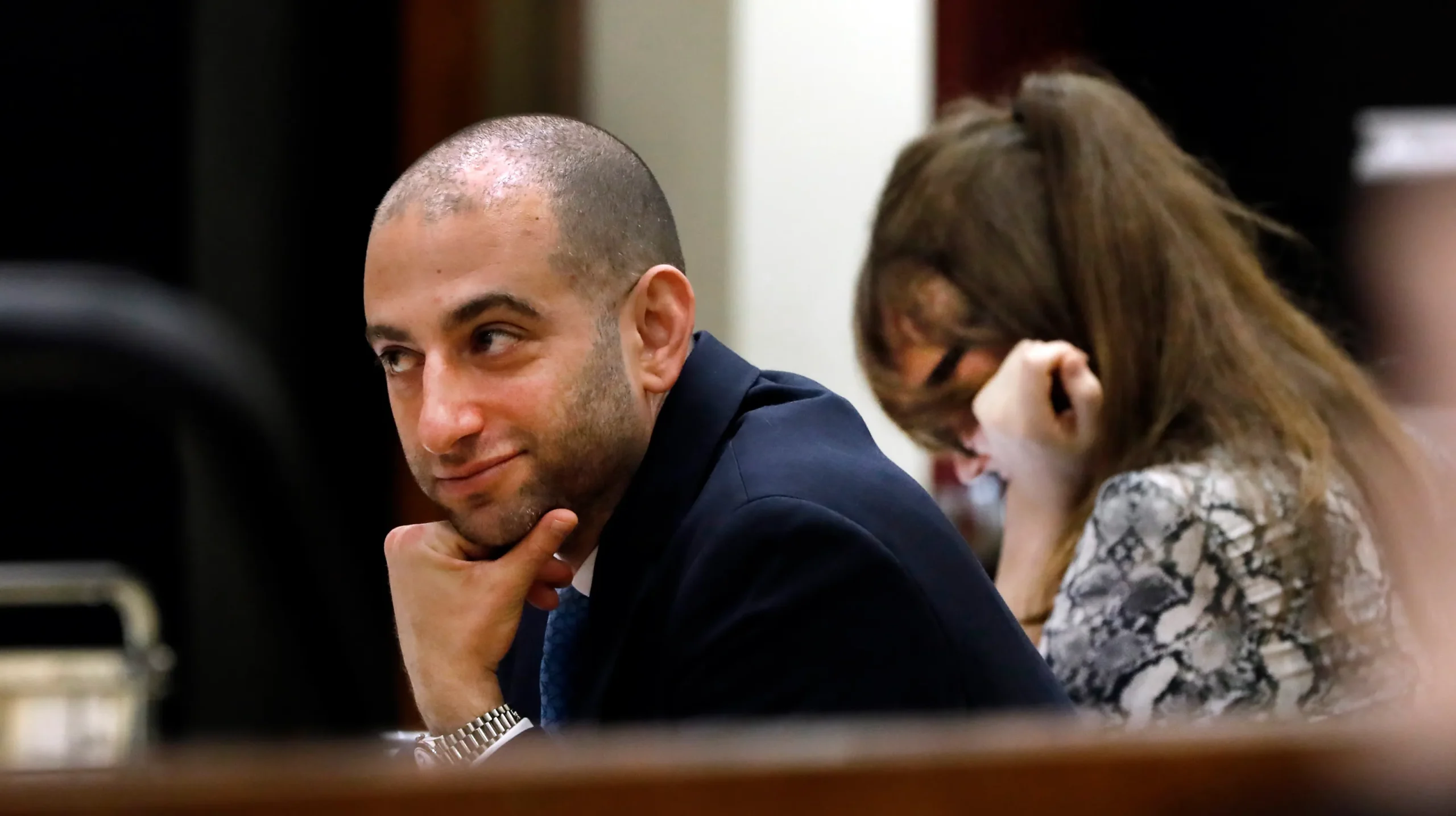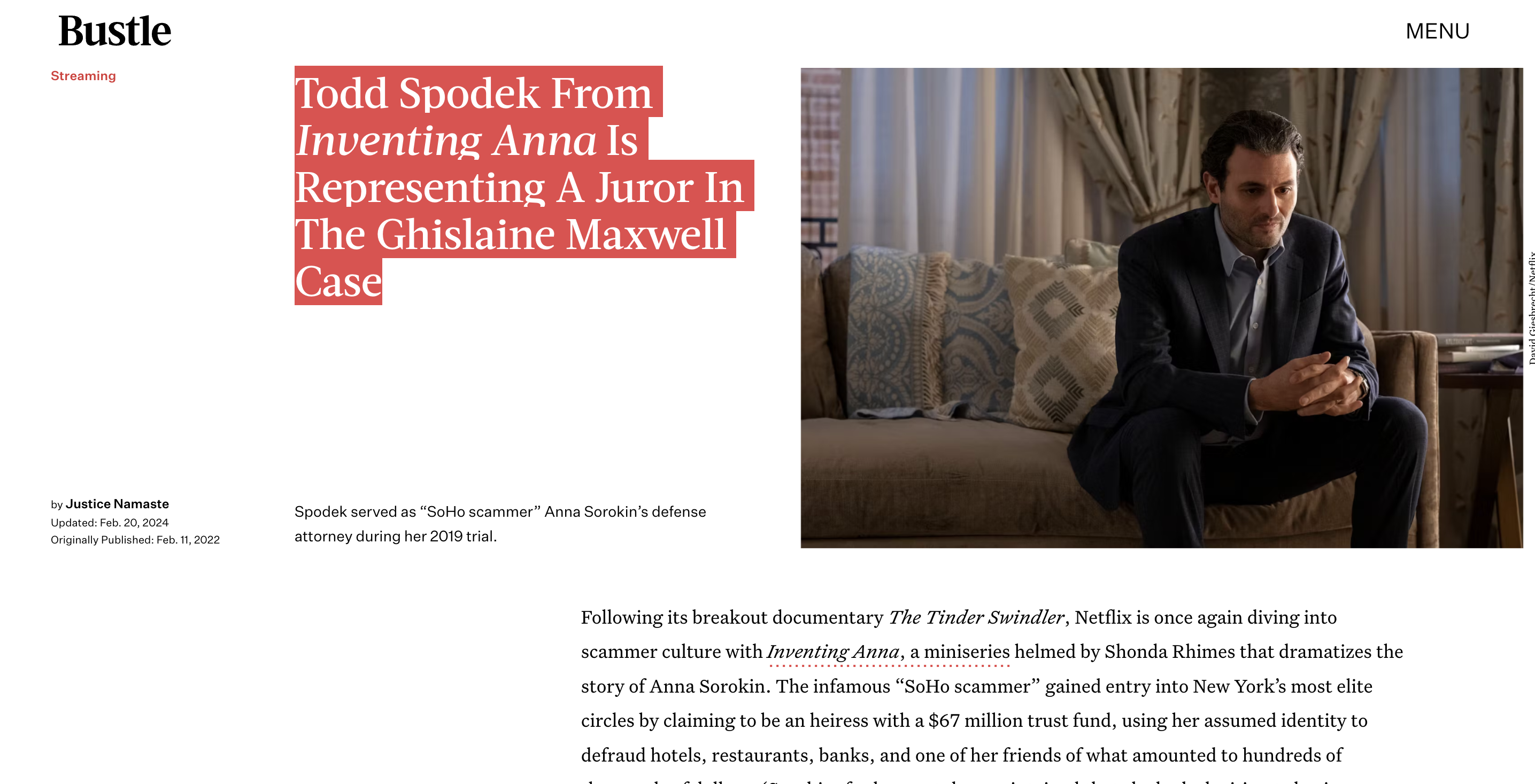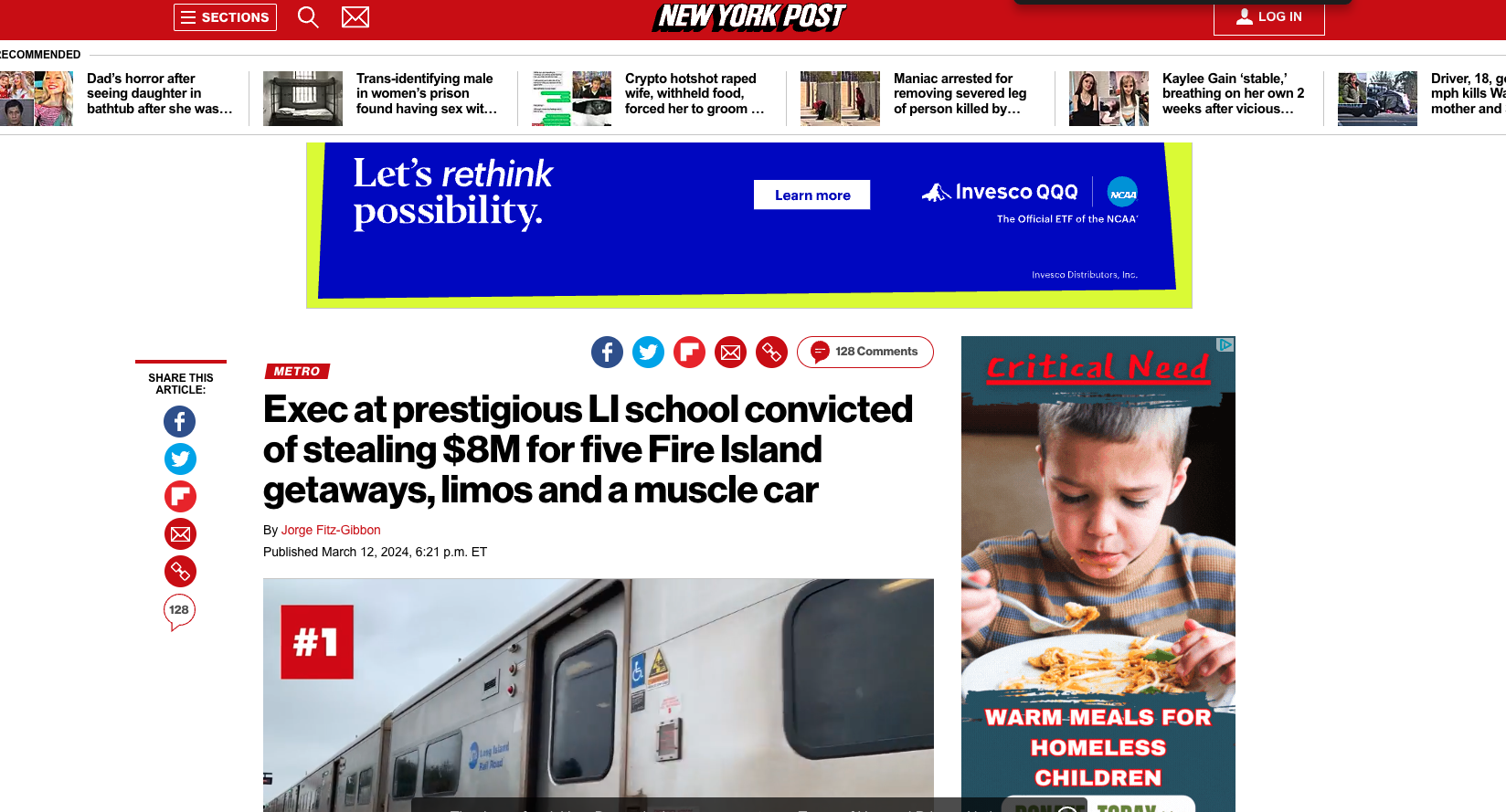Blog
How Prosecutors Try to Admit Counterfeiting Evidence in Court
Contents
- 1 How Prosecutors Try to Admit Counterfeiting Evidence in Court
- 1.1 Using Expert Witnesses to Authenticate Evidence
- 1.2 Using Circumstantial Evidence and Inferences
- 1.3 Using Character or Prior Bad Acts as Evidence
- 1.4 Introducing Hearsay Through Co-Conspirator Statements
- 1.5 Admitting Duplicates and Summaries of Voluminous Evidence
- 1.6 Overcoming Hearsay Objections With Business Records
- 1.7 Conclusion
How Prosecutors Try to Admit Counterfeiting Evidence in Court
Counterfeiting cases involve some tricky evidentiary issues. Prosecutors often try to get questionable evidence admitted in court to help secure a conviction. But defense attorneys fight back with various objections and arguments. This article will look at common ways prosecutors try to admit counterfeiting evidence and the legal issues surrounding them.
Using Expert Witnesses to Authenticate Evidence
A key issue in many counterfeiting trials is the authentication of evidence. Prosecutors must prove the seized evidence — whether counterfeit currency, fake IDs, or other contraband — is authentic and not planted or tampered with. This isn’t always easy.

Prosecutors often call expert witnesses to examine and authenticate evidence. For example, they may call a Secret Service ink analyst to compare the ink on seized counterfeit bills to real currency. Or a document examiner may testify that a defendant’s fake driver’s license matches certain authentic security features. The prosecutor’s goal is getting an expert to conclusively tell the jury the evidence is real.
But the defense will scrutinize the expert’s credentials and point out any flaws in their authentication methods. For example, they may argue the expert failed to consider certain alternative explanations or didn’t follow established protocols. If the defense raises significant doubts about the expert’s reliability, the judge may limit their testimony or exclude it altogether under Federal Rule of Evidence 702.
Using Circumstantial Evidence and Inferences
Direct evidence like eyewitness testimony or video surveillance isn’t always available in counterfeiting cases. So prosecutors often rely on circumstantial evidence that requires jurors to make logical inferences. For example, if agents discover counterfeiting supplies and equipment in the defendant’s home, the prosecutor will argue this implies they were engaged in counterfeiting.
The defense will likely object that the circumstantial evidence is speculative or prejudicial. But prosecutors can respond that the inferences are reasonable and based on common sense. As long as the logical links aren’t too attenuated, judges usually allow this type of evidence. However, the defense can still argue to the jury that they should be cautious about relying on circumstantial proof.
Using Character or Prior Bad Acts as Evidence
Prosecutors often want to bring up a defendant’s questionable character or prior bad acts, arguing it shows their criminal propensity. For example, they may want to mention the defendant’s prior convictions for fraud or that they’re an avid gambler always in debt. But this type of evidence faces major admissibility hurdles.
Federal Rule of Evidence 404 prohibits using character or prior bad acts evidence to show someone’s propensity to commit a crime. There are limited exceptions if the evidence proves intent, knowledge, motive, or absence of mistake. But the defense will likely file a motion in limine to exclude this prejudicial evidence entirely. If the judge allows it, they must give the jury strict limiting instructions on how to consider it.
Introducing Hearsay Through Co-Conspirator Statements
Hearsay — an out-of-court statement offered to prove the truth of the matter asserted — is generally inadmissible according to the hearsay rule. But prosecutors often try to get around this rule in conspiracy cases by claiming certain hearsay statements were made “in furtherance” of the conspiracy. For example, if two defendants were recorded discussing plans for passing counterfeit bills, the prosecutor can argue this conversation falls under the co-conspirator exception in Federal Rule of Evidence 801(d)(2)(E).
For the co-conspirator exception to apply, the prosecutor must show the conspiracy existed and the statements were made in furtherance of it. The defense will scrutinize these requirements closely. They may argue the conspiracy wasn’t sufficiently established or the statements were mere idle chatter rather than advancing the conspiracy’s goals. Expect vigorous legal debates over these hearsay issues.
Admitting Duplicates and Summaries of Voluminous Evidence
Counterfeiting prosecutions often involve massive amounts of documentary and physical evidence. Agents may seize hundreds or thousands of counterfeit bills, for example. Prosecutors can’t conveniently admit all this bulky evidence in court. So they’ll often offer summaries or duplicates under the Federal Rules of Evidence.
The defense will closely examine the accuracy and reliability of these summaries and duplicates. They’ll object if the summaries improperly emphasize certain evidence or leave important details out. And they’ll argue duplicates fail to capture unique physical characteristics of original documents or items that could impact authenticity. Judges won’t admit inaccurate or misleading summaries or deficient duplicates. But well-prepared ones can streamline the huge volume of evidence for the jury.
Overcoming Hearsay Objections With Business Records
Financial records, receipts, ledgers, and other business documents often contain valuable circumstantial evidence in counterfeiting cases. But these documents present tricky hearsay problems since they are out-of-court statements offered for their truth. Still, prosecutors have some good arguments for admission.
First, many financial and commercial records qualify as business records exempt from the hearsay rule. Second, records like receipts or ledgers may not be hearsay at all if not offered for their truth, but for other purposes like showing knowledge or intent. With good preparation, prosecutors can often overcome hearsay objections and get key business records admitted.
Conclusion
Federal counterfeiting laws give prosecutors various tools to combat counterfeiters. But they face challenges getting questionable or circumstantial evidence admitted in court. Defense attorneys scrutinize the reliability of expert testimony, attack speculative inferences, and raise hearsay objections. In response, prosecutors argue evidence is admissible under various Federal Rules of Evidence exceptions and exemptions. Evidentiary battles are common in counterfeiting trials as both sides fight to control the narrative jurors ultimately accept.
Sources:
DOJ Criminal Resource Manual on Counterfeiting and Forgery Statutes









